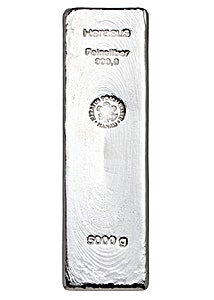Record Negative Inflation for Singapore
On 23 May 2016, Singapore smashed the record for the longest streak of negative inflation, recording a stunning 18 consecutive months of declining Consumer Price Index CPI (all items). On a year-on-year basis, CPI (all items) for February 2016 was -0.8%. Is this a good development for Singapore and should wealth builders pop the champagne because things are going to be cheaper? This is certainly not the case because the data is disturbing and reveals dark sides of the economy that every Singaporean should take note.
The statistics on consumer price development track three data, namely CPI (all items), CPI-OOA which excludes rental from owner-occupied accommodation and MAS Core Inflation, which excludes the cost of accommodation and private transport costs. The top reasons for the negative CPI (all items) are due to declining housing prices, weaker Certificate of Entitlement (COE) premiums and slump in global oil prices. Together, these three factors drove CPI (all items) to 18 months of downward trend. The negative trend is expected to continue as Monetary Authority of Singapore (MAS) forecasted that CPI (all items) is projected to average -1.0 to 0.0% for the whole year.
On the other hand, MAS Core Inflation rose to 0.5% in February due to higher food inflation.
Read More





